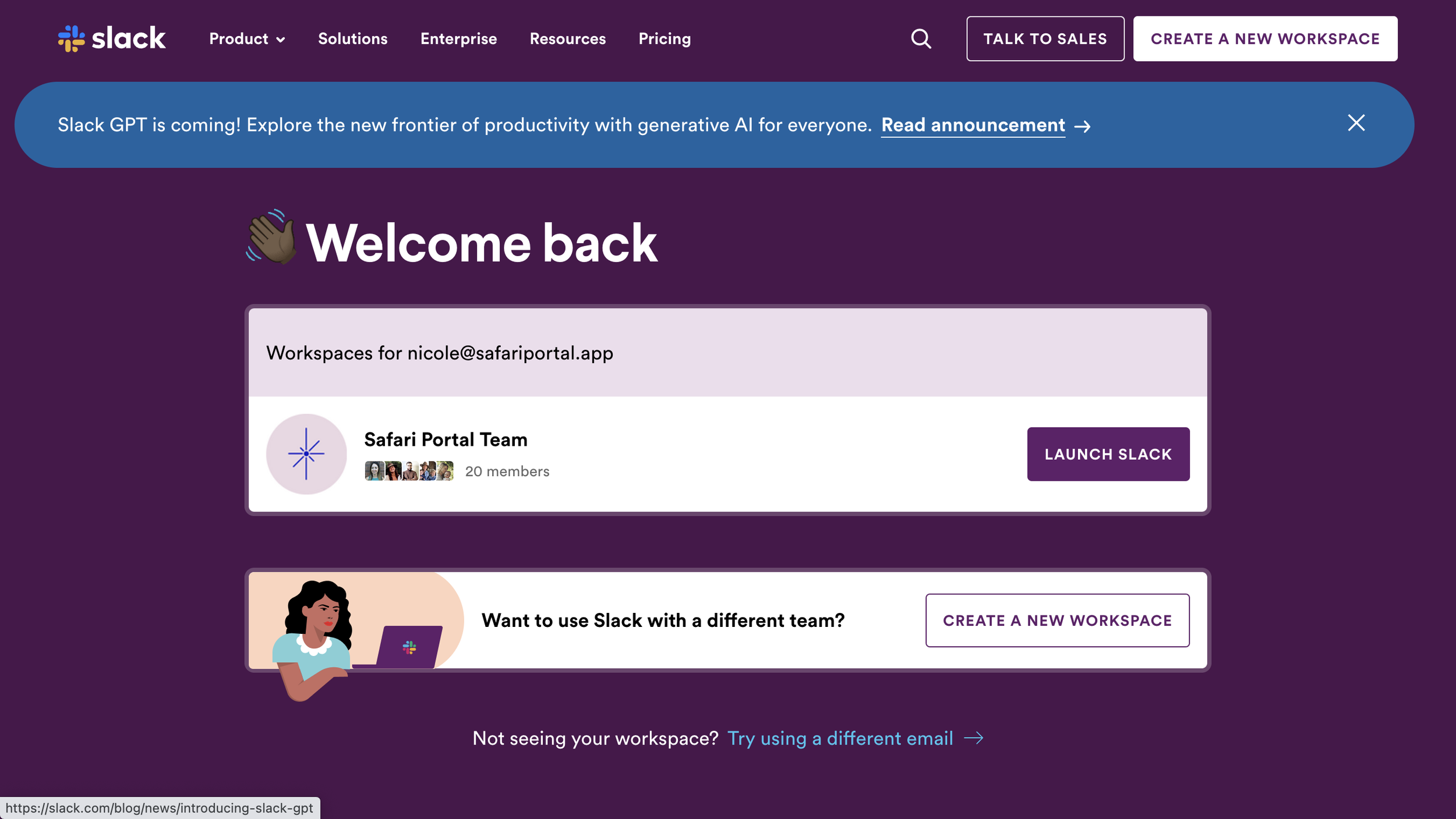6 Essential Types of Travel Planning Software To Drive Growth & Sales
A guest blog by Sarah Lee Dib, travel tech consultant
Gone are the days of running a travel company with post-it notes & outdated spreadsheets, building clunky itineraries in Microsoft Word, or managing to-do lists & sales pipelines via an email inbox. In the digital age, technology has become an indispensable tool for tour operators & travel agencies to streamline internal processes and enhance the customer experience.
It can be hard to know where to begin, so here are 6 essential types of software for driving growth, communicating with clients & colleagues, managing bookings, automating repetitive tasks, and beyond:
Email Marketing. All-in-one marketing automation platforms like Mailchimp allow both developing & established travel businesses to create, send, and analyze email campaigns. With features like customizable templates, automated email sequences, & audience segmentation, email marketing platforms allow companies to design visually appealing emails, target specific customer segments, and track campaign performance.
2. Customer Relationship Management (CRM). At a bare minimum, a CRM maintains a central database of customer information, including contact details and travel preferences. That said, comprehensive CRMs such as HubSpot offer so much more - from email marketing & lead automation to sales pipeline management, payment processing, and powerful reporting. More importantly, CRMs integrate with Gmail & Outlook as well as accounting, project management, and other 3rd-party apps to minimize redundancies and centralize data.
3. Project Management. Managing multiple bookings to destinations across the globe can be daunting; and software such as Smartsheet helps busy teams to stay organized by tracking various due dates & milestones, assigning tasks & sending update requests, and automating repetitive tasks - so nothing slips through the cracks.
4. Team Collaboration. While CRM & project management platforms generally have a team collaboration component (i.e., alerting a team member when a task is due), many travel businesses rely on tools like Slack to communicate in real time with not only internal teammates but also partners & suppliers. With the option to organize discussions in channels, share files, and even integrate with CRMs, collaboration tools can help minimize inbox clutter and make teams more productive.
5. Accounting. To ensure financial stability and streamline bookkeeping, robust accounting software like Xero is critical. Invoicing, expense tracking, revenue management, and financial reporting can be automated; and with up-to-date financial data, travel businesses can make informed decisions, manage cash flow effectively, and maintain regulatory compliance.
6. Itinerary Building. Last but certainly not least, travel agents & tour operators can leverage Safari Portal to quickly create stunning & interactive digital itineraries - leaning on a database of carefully curated, worldwide destination content & a professional media library. Better still, users can create & customize content and showcase their branding, as well as collect & share guest information via the innovative Guest Portal feature.
These are all web-based applications, meaning it's not necessary to download or install any software on your computer. Moreover, many offer free trials or "forever free" versions so that you can try them out before you commit to paying a monthly or annual fee.
Please contact Sarah@TravelTech.Consulting if you are interested in learning more about ways to optimize your travel business and get back to doing what you love!






